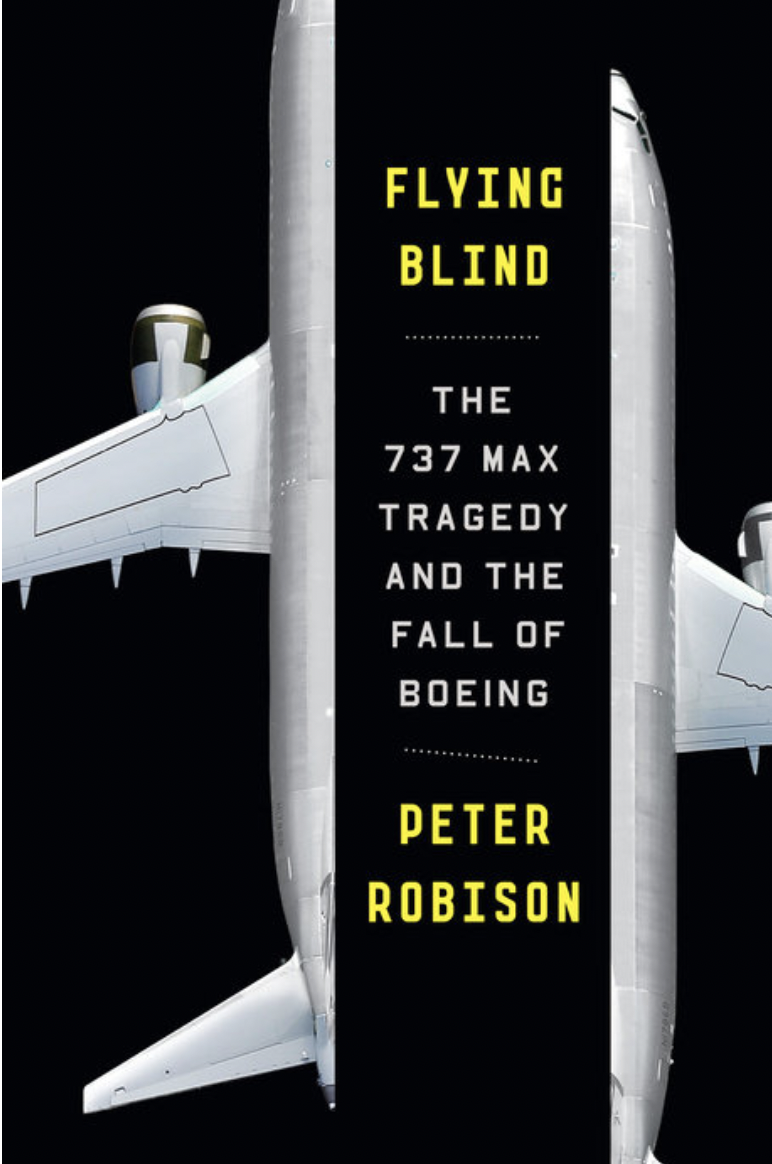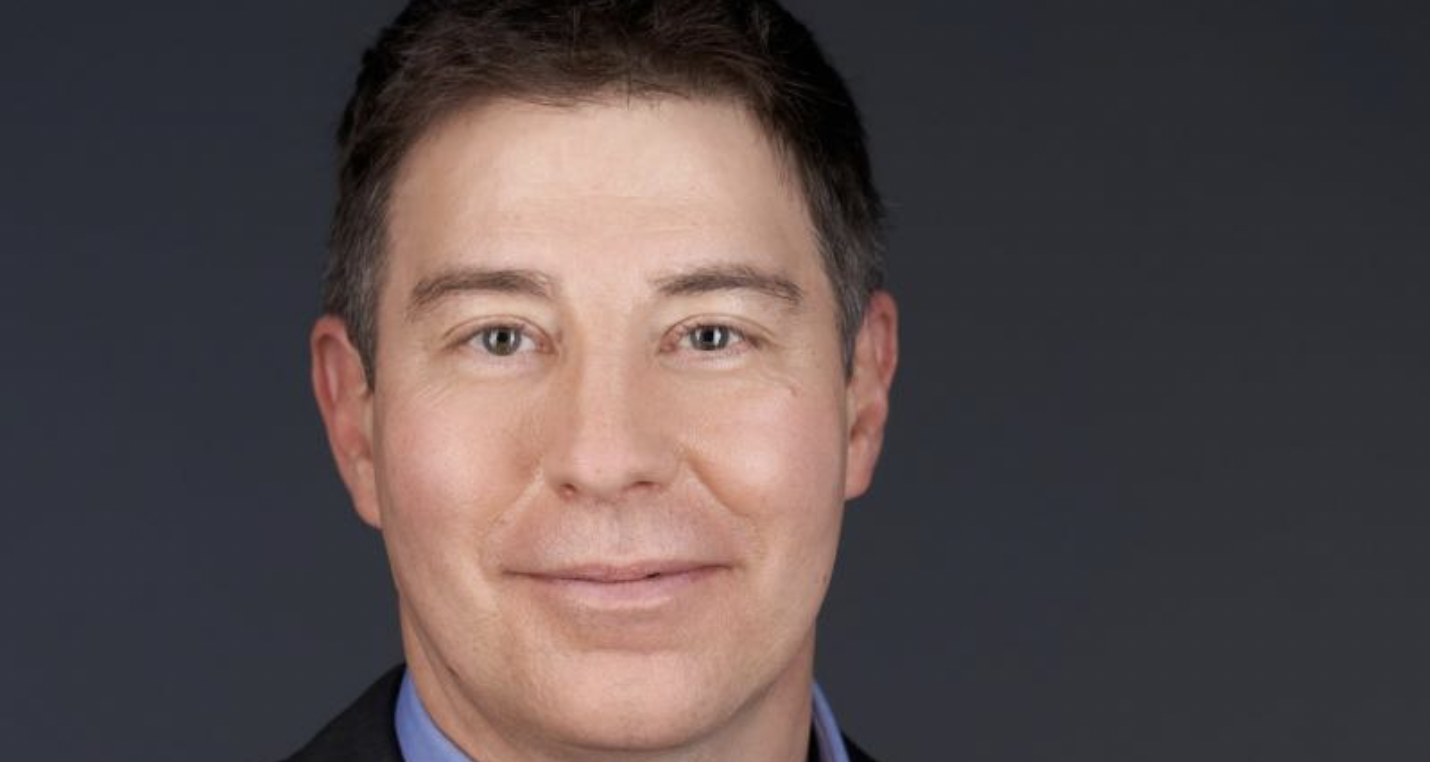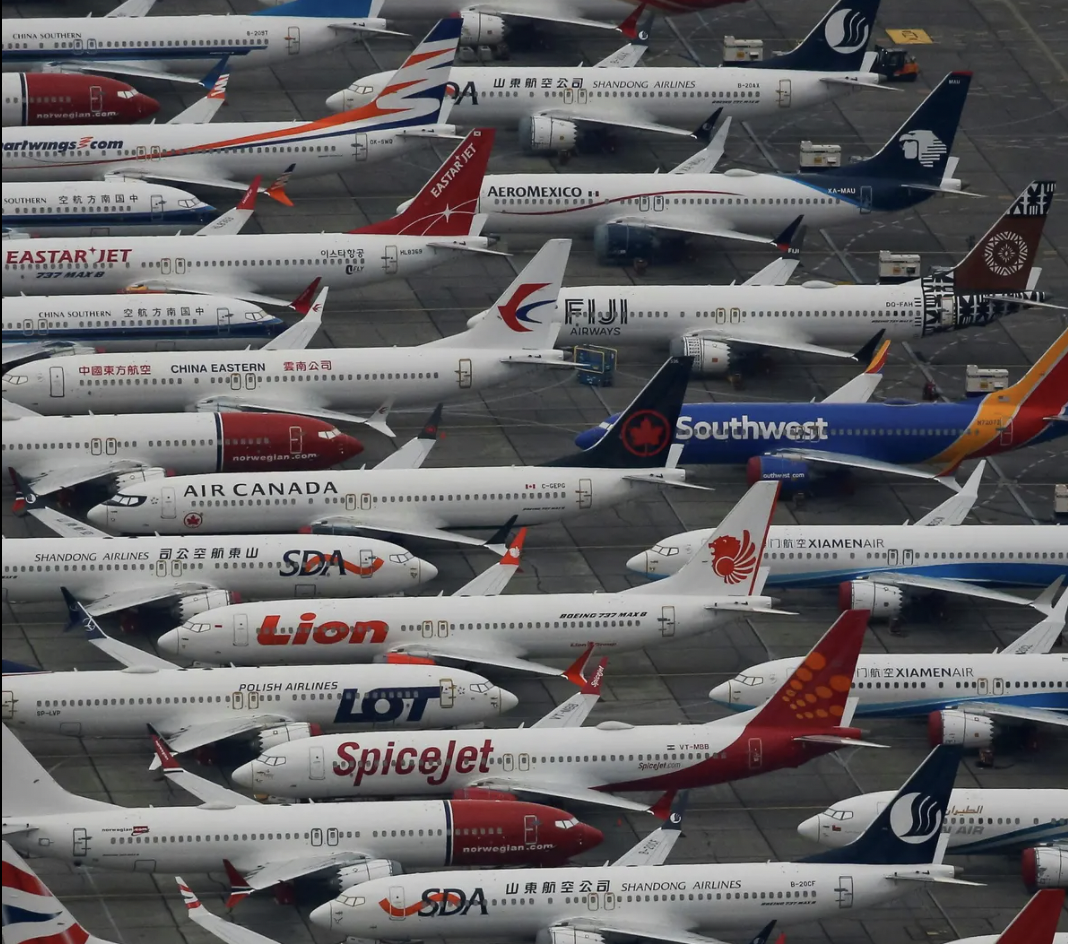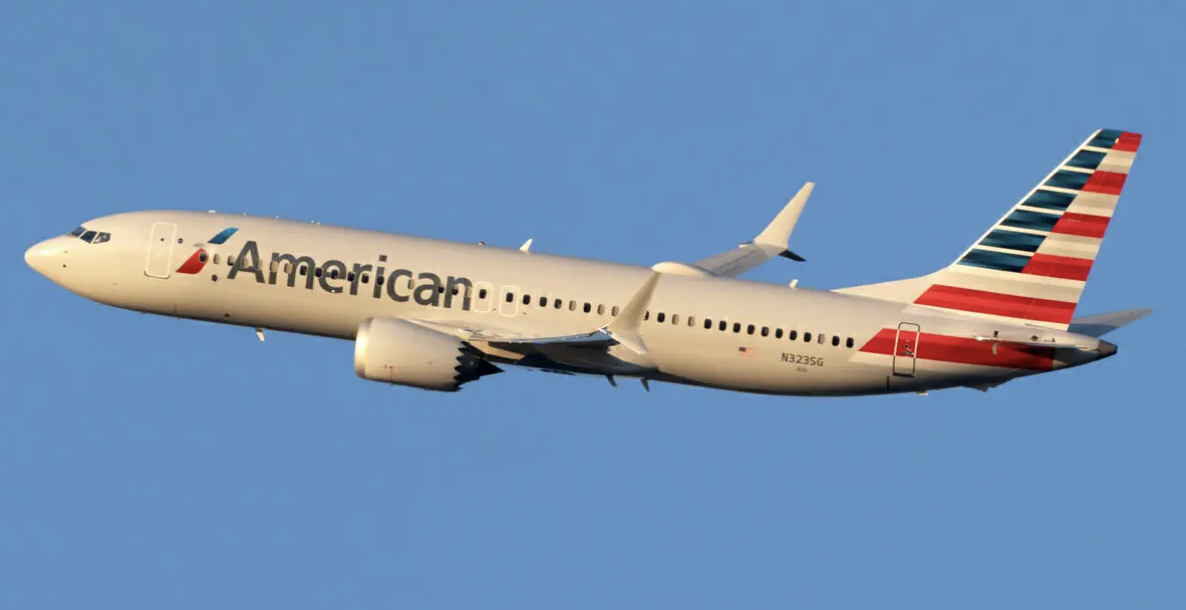
Regulators bending to Iconic Boeing’s will- to win-at-all-costs




How a broken corporate culture paved the way for catastrophe, with race to beat competition and reward top executives, Boeing skimped on testing, pressured employees to meet unrealistic deadlines, and convinced and forced regulators to put planes into service without properly equipping them or their pilots for flight,
Peter Robinson, award-winning reporter for Bloomberg, looks at the dysfunction that indicts an entire era and contributed to one of the worst tragedies in modern aviation. The compelling finely detailed account of two 737 Max plane crashes one in 2018 and other in 2019, killed 346 people, that exposed a shocking pattern of malfeasance, charts the decline of one of the great American companies and century-old titan of the aviation industry.
Boeing, the cornerstone of the US economy, and the awesome linchpin in routine modern air travel, was a major player in the early days of commercial flight, World War II bombing missions, and moon landings.
When enlarged US aerospace and defence giant, Boeing merged with McDonnell Douglas in December 1996, with headquarters in Seattle, with Philip Condit, Boeing’s CEO, and McDonnell’s Harry Stonecipher, as president and COO, two-thirds of the board was Boeing executives, billed as merger of the equals, but the opposite is true.
However, it was McDonnell Douglas executives who introduced a cost cutting, profit at all costs, shareholder pleasing mentality, which led future Boeing leaders to a disregard for passenger safety that culminated in the most catastrophic events in Boeing’s more than a century-long history.
In 2018, Boeing 737 Max aircraft flown by Lion Air of Indonesia and in 2019, Ethiopian Airlines, resulted in 346 deaths.
Boeing was disgraced by subsequent investigations. In its determination to get the 737 Max out of the factory door at the lowest cost, it had ignored warnings the plane wasn’t safe. In the presence of bereaved relatives , US legislators from both sides of the aisle unite during hearings to castigate a one-time beacon of American industry.
Boeing 737 Max had a bitter battle with Airbus, the European manufacturer’s A320 was seen by many as superior to existing 737 models. The original Boeing 737s, before Covid-19 was taking off or landing every 1.5 seconds, first introduced in the 1960s, kept the world aloft.
A complete replace for the older 737s would have required an estimated $20 billion to develop, instead Boeing upgraded the existing model, with costs put at just $2.5 billon. The 737 Max boasted bigger, more fuel efficient engines which, as the 737 was so low slung, would have to be mounted forward on the wings, which tended to tilt the plane upwards in flight, which could have made it stall, so Boeing installed some software, activated by a single sensor, to force the aircraft’s nose down.
Boeing even persuaded the US Federal Aviation Administration that pilots on existing 737s required no simulator training to fly the 737 Max. When Lion Air asked for simulator training anyway Boeing talked them out of it. One Boeing pilot, charged with writing the aircraft manuals, was disturbed by his own experience of the 737 Max in the simulator, as when the software was activated, he had struggled to control the plane. “ I’m Like WHAT” he emailed a colleague, but Boeing failed to mention anywhere in the manual except in the glossary.
According to Robinson, the FAA’s capture by Boeing, using extreme control, a process which began with instructions from the Clinton and George W Bush administration that the agency be more business-friendly. Boeing was effectively allowed to ratify its own safety, with FAA officials reporting to them rather than the other way around. The safeguarding by FAA was obviously compromised.
Boeing had audacity to try to pin the blame on foreign pilot’s incompetence when bereaved victims sought accountability from Boeing.
According to Robinson the pre-merger Boeing had “perfectionism in its DNA”. Boeing’s factories ceased up in 1997, while the company was trying to ramp up production, because managers had been distracted by the merger. Even Boeing’s parts acquisition and design had been a mess for years, relying on a mix of paperwork and 400 separate computer systems. In fact, Boeing executives underestimated Airbus, dismissing any suggestion that they had something to learn from their arch-rival. It is an indictment to not just Boeing but an entire era of politicians believing business knew best, of regulators bending to their will, and of shareholder returns elevated above any consideration for the rest of the society, including customer safety and lives.
Did we really learn anything not to put profits before safety.
Flying Blind: The 737 Max Tragedy and the Fall of Boeing by Peter Robinson, Doubleday $39/ Penguin Business £20, 327 pages.
